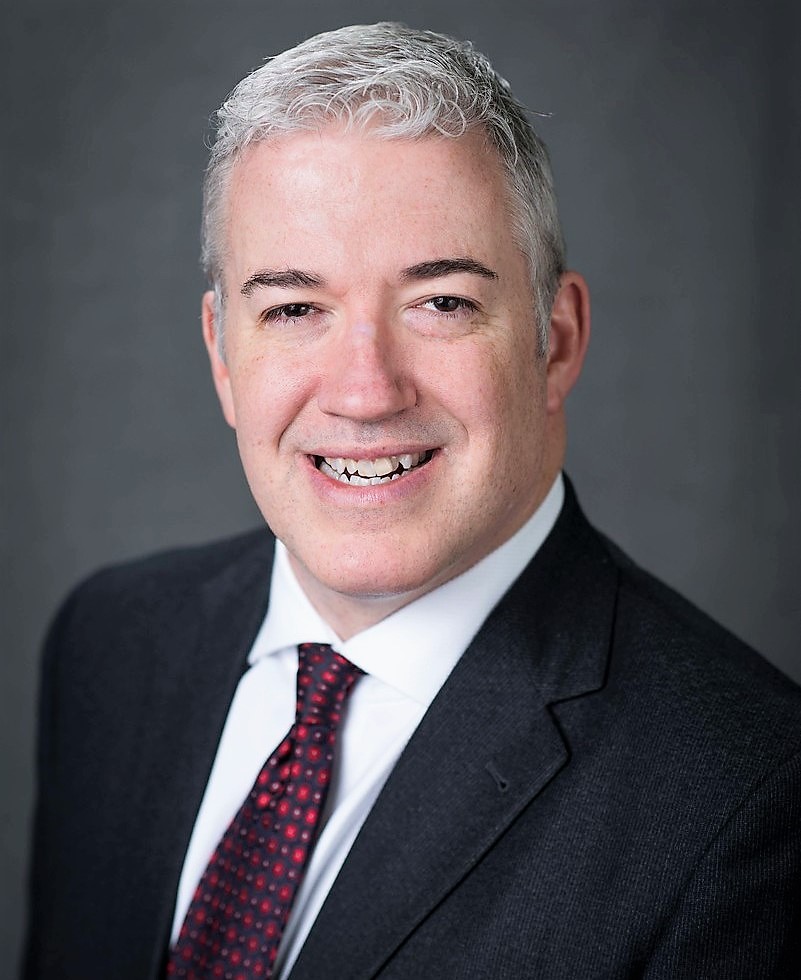
Caught in the throes of a pandemic lethal to those they serve, nursing homes have been largely abandoned by policymakers. The $4.9 billion in federal relief provided in May was very welcome. However, it should be put into perspective. It was less, for over 15,000 nursing homes nationwide, than the over-$5 billion a New York Times investigation found the nation’s 20 most profitable hospital chains alone had received — just one of which was sitting on $12 billion in cash.
It bears repeating that nursing homes were losing money prior to the pandemic, according to the annual report to Congress released March 13 by the Medicare Payment Advisory Commission — the sector’s first negative total margin since 2000. No resumption of procedures generating private insurance payments awaits nursing homes.
While nursing homes care for a sadly-dwindling number of residents who served during World War II, a majority of residents at least sacrificed to win that war — through the domestic rationing that began in 1942. And what are we prepared to sacrifice to save them? Nothing, evidently, given a widespread reluctance to even wear masks, from the president on down. As things “reopen,” the virus will continue to spread, and asymptomatically makes its way into nursing homes through staff that must go out into increasingly-carefree public spaces.
Indeed, we’re told by the vice president that now is a time for “celebration” — conjuring up images of Wurlitzer-equipped flatbed trucks traveling down our streets playing “Happy Days Are Here Again.”
So intense is the rush to resume normalcy that nursing homes are being compelled to open up to visitation, even as the federal government ships them useless supplies undeserving of being labeled “personal protective equipment” — reporting has noted these shipments have consisted of permeable cloth masks, permeable cloth gowns, expired masks and masks with broken bands, and even — wait for it — synthetic gowns where they forget to include holes for arms and heads!
To be sure, the psychosocial implications of no visitation for residents are frightful, as have been the federal prohibitions upon communal dining and facility group activities. But they were necessary for life safety. Has something changed about the life safety risks to residents from COVID-19? Consider the April 2 “consistent assignment” directive from the Centers for Medicare & Medicaid Services and its guidance that “staff as much as possible should not work across units or floors.” If you’re bringing a resident across a facility, and/or from one floor to another, for a visit, you are magnifying risk every step of the way.
I recently flew cross-country on a plane where, despite two intercom announcements, two men sitting near me wore no face coverings the entire flight. And why should they have? After all, even the flight attendant demonstrating seat belt use right over my aisle seat did not have a mask on.
Now, amidst a staffing crisis, nursing assistants will be expected to police visitation? Will they be expected to tackle someone who tries to hug Grandma? Will they be expected to turn away a family member who refuses — in a phenomena I see all too commonly in public — to cover his or her nose with a mask? What of the residents with dementia who hate wearing masks, do not fully (or even partially) understand the risk, and violate social distancing standards? In outbreaks, those residents have frequently been facility “super-spreaders,” as they do not like to stay put. Will they be allowed to receive visitors too, or will their loved ones be disappointed (and complain to an ombudsman)? Very eager litigators await the answers to all these questions and more.
Throughout this whole pandemic, it has felt like nursing homes are being set up for a fall. Society and government — with the exception of some blame-assigning congressional hearings — are ready to move on from a pandemic that they too readily dismiss as something that really just affects nursing homes. Nursing homes will, in turn, be asked to do more and more, with less, as they do daily battle with the virus until the day a vaccine is widely available.
Brendan Williams is the president/CEO of the New Hampshire Health Care Association.





